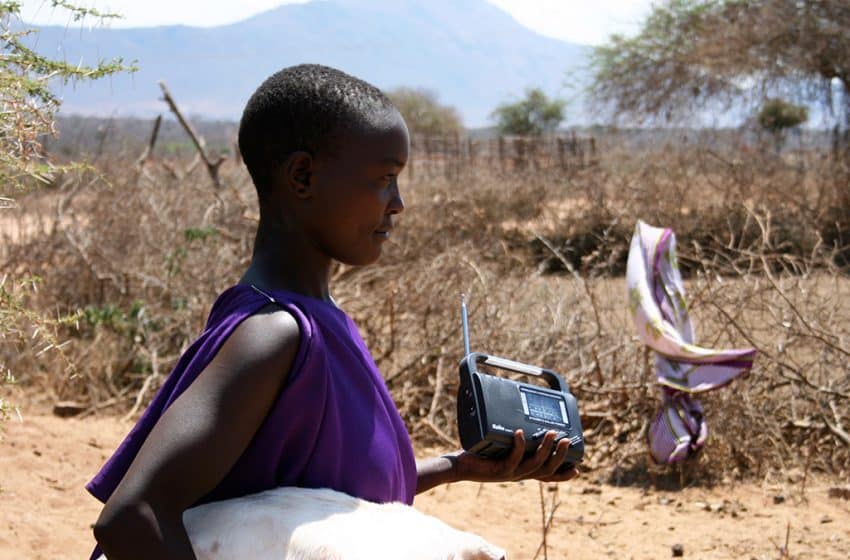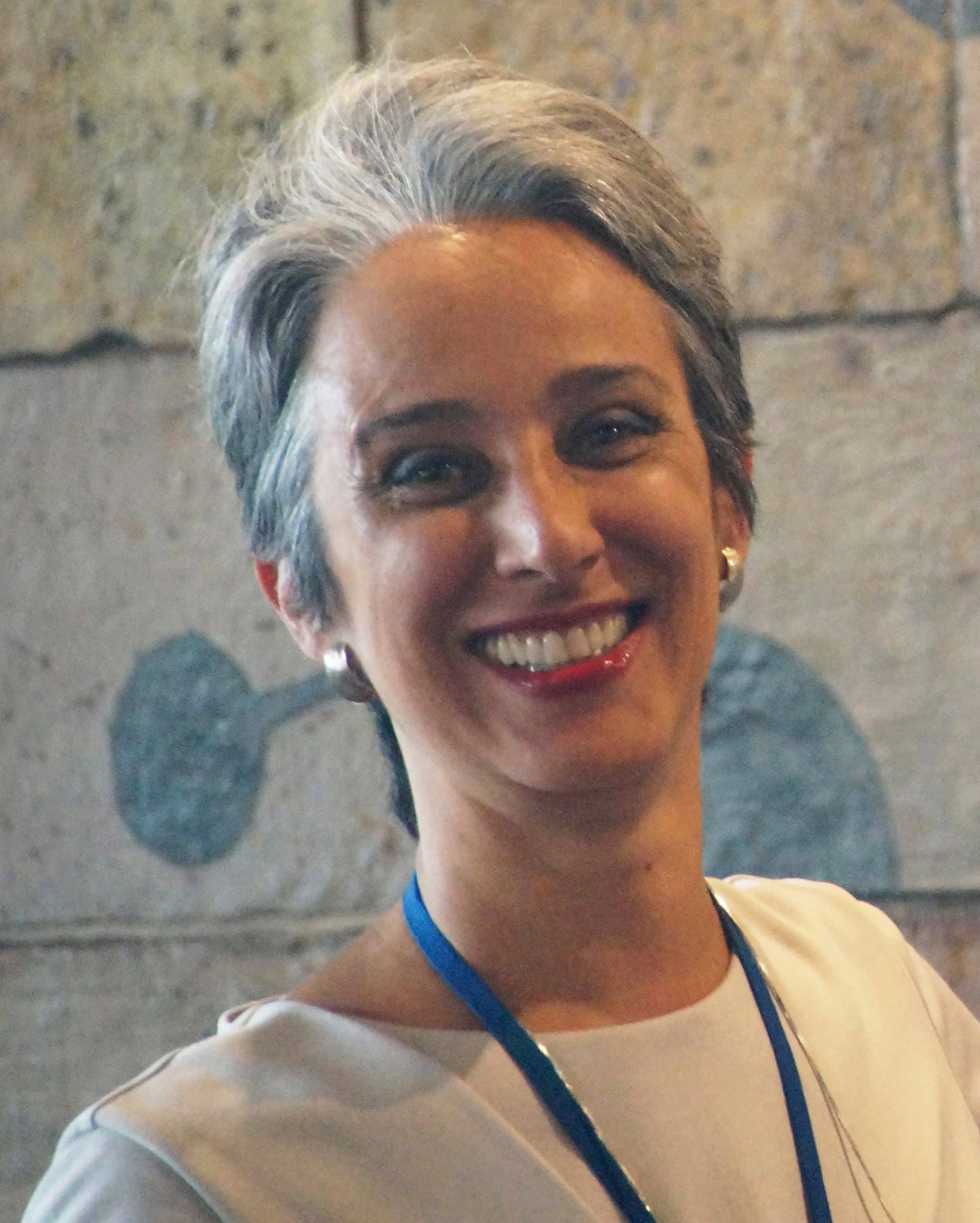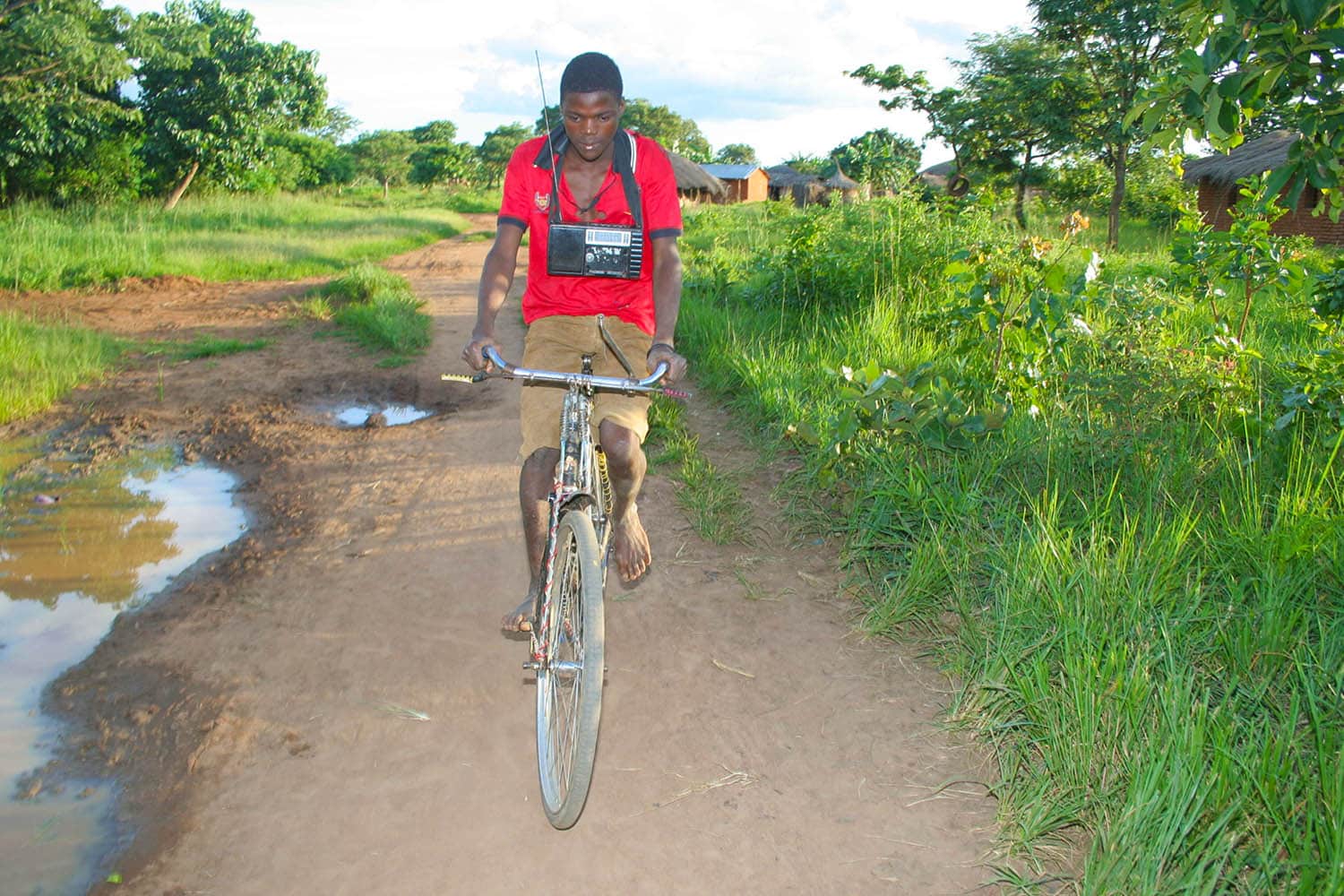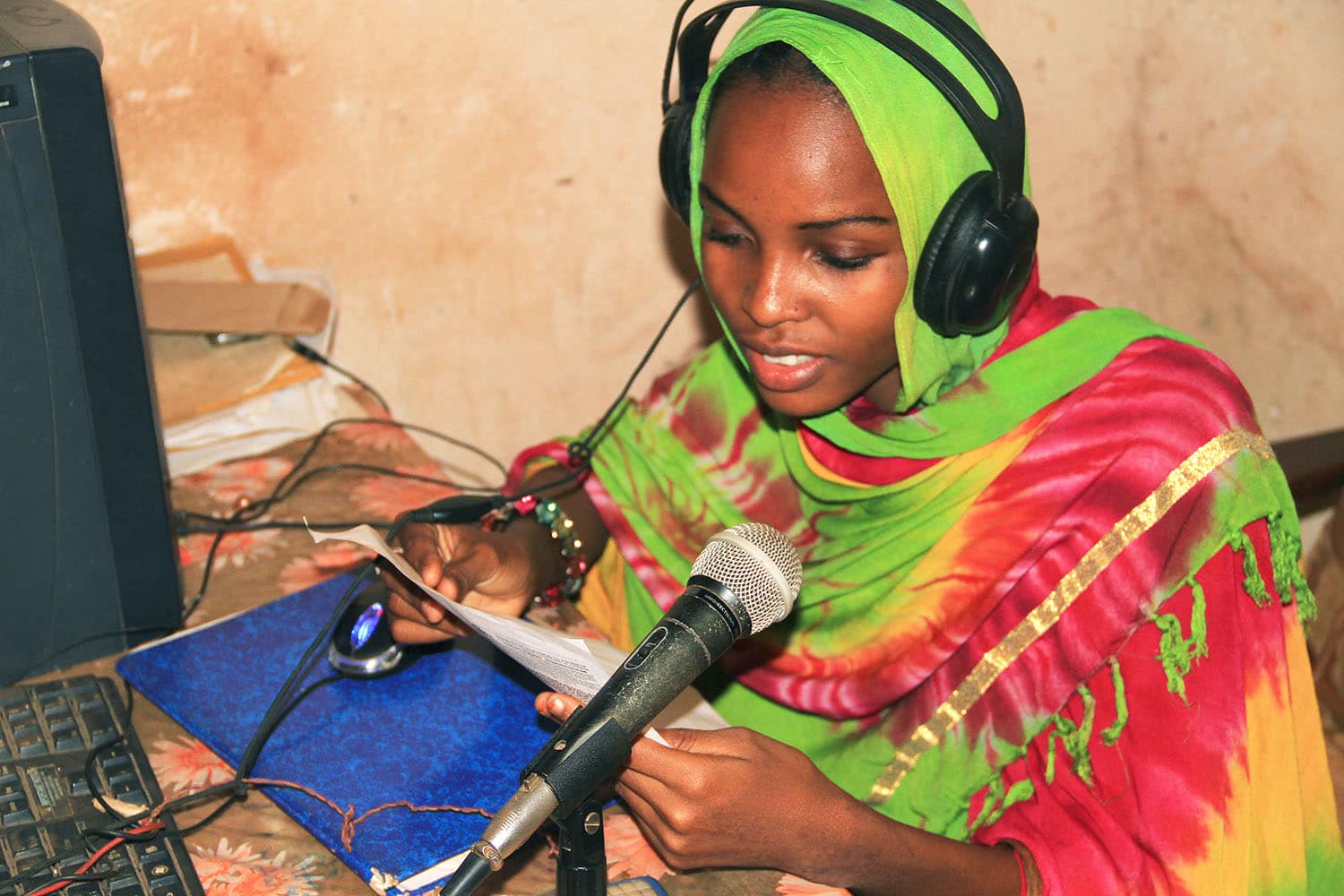
Chief, Media Development and Media and Information Literacy at UNESCO Mirta Lourenço shares insight on radio’s evolution and challenges. She explains how the international organization is working to support radio stations around the world to ensure they’re able to accomplish their crucial mission.
Register to the UNESCO Remote Radio Week before november 1: https://www.remote-radio-week.org/
RedTech: How do you view the role of radio in our society?

Mirta Lourenço: Thanks to radio, we benefit from many essential public services that we seldom reflect on. These include global positioning systems, satellite navigation, environmental monitoring, intelligent transport systems, space research, etc. Radio broadcasts offer information and the possibility for people to participate, regardless of their literacy levels and socio-economic situation.
The medium is also especially suited for multilingualism. Audiences may need to hear programs in their primary language, particularly if said language is local and endangered, or in the case of refugee radio or isolated communities. Also, when literacy levels are low, local languages are crucial to the populations’ access to information, as radio constitutes the main source for reliable journalism. History has shown us that radio is the most effective emergency communication system and in organizing disaster response.
All this does not mean that radio broadcasting is free from challenges. Radio’s challenges, in general, are more about the independence of public, private and non-profit radio stations so that they can continue to be channels for dialogue and be free from official or commercial interests, and about the diversity of editorial content and program types, reflecting the variety of the audiences and the increased multi-culturalism in societies. Part of the issue lies in the representation in the newsrooms. One other challenge is the diversity of format. Radio stations have been increasingly good at listeners’ participation in the broadcasts, but they have a bit of difficulty in allowing listeners to participate in the editorial process and programming.
For governments, the challenge could be to achieve pluralism in radio – a mix of public, private and community broadcasters. Also, in view of the growing demand for mobile and related communications, the management of the radio-frequency spectrum is, or should be, a critical concern since it is a finite resource. Immediate access to radio frequencies is essential to save lives — frequencies must be protected in disaster situations.
RedTech: Is radio’s voice and influence diminishing among young citizens because of the ubiquity of social media platforms? How does UNESCO support the sustainability of radio as a medium?
Lourenço: I don’t think so. All forms of media continue to converge, and radio services are also evolving and metamorphosing, adopting digital technologies, social media platforms, podcast subscription, mobile phones, tablets, etc. Through digital radio standard DAB, for example, the choice of stations available to listeners has dramatically increased with more stations being able to broadcast in the same areas on less frequency space than necessary for FM and AM radio.

If we take into account that most young people are in the less developed regions, and that these regions are most affected by the digital divide, I’m not sure we can affirm young people are leaving radio. It just takes a look into ITU’s 2020 statistics to see that only around half of the world’s population uses the internet. For example, in Europe’s urban areas, computer access at home was 82%, but only 17% in LDCs’ urban areas, whereas computer access at home in rural areas was 66% in Europe and 3% in LDCs. My guess is, young people still listen to radio and, in some parts of the world, people listen to it in a different way. For the listener, the content matters more than how it is received.
Still, the point about youth and radio is important for UNESCO — not from the angle of radio listening, but from the angle of radio production. Young people make up an important percentage of listeners, and yet the likelihood that radio stations will invite them to regularly produce programs is very low! Most programs for young people are created and hosted by adults. Therefore, UNESCO produced the “Linking Generations Through Radio” handbook to help stations integrate young people in programming and editorial content. We differentiate three levels of integration of young people: radio by youth, radio with youth, radio for youth. In addition, UNESCO developed a set of indicators to measure the level of media sustainability in any given country. The handbook “Strengthening Independent Media, One Case at a Time: A Handbook for Media Viability” will be published digitally in late 2021.
RedTech: Does UNESCO have a plan to restore trust in radio in the face of the proliferation of sensationalism and fake news and the rise of opinion journalism and extremist voices?
Lourenço: Disinformation has an impact on the right to freedom of expression and the right to information. Radio is a vehicle for peace and is behind many inspiring initiatives for dialogue, tolerance and peace around the world, but sometimes radio also has been a vector of confrontation and can encourage social discord.
The larger issue is disinformation. And disinformation is not just an issue at the moment of its production, but also in its transmission, reception and reproduction – when those elements are not filtered by the broadcaster, when listeners accept them uncritically and/or re-circulate them.
Since the changing communications environment impacts on human rights and democracy, when COVID hit, UNESCO published two reports on disinformation that are very useful for responses to the spread of disinformation and to understand the difference with misinformation.
Disinformation is not just an issue at the moment of its production, but also in its transmission, reception and reproduction.
During 2021 World Press Freedom Day, UNESCO highlighted three key and related topics: economic viability of news media; mechanisms for ensuring transparency of internet companies; and media and information literacy (MIL) capacities that enable people to recognize and value, as well as defend and demand, journalism as a vital part of information as a public good. UNESCO has been working in the area of MIL since 1982, so there are many resources available on our website. Two that may particularly interest broadcasters are Media and Information Literacy in Journalism: A Handbook for Journalists and Journalism Educators, and guidelines for broadcasters on promoting user-generated content and media and information literacy.
Other UNESCO resources useful for radio stations to avoid unconscious sensationalism and “opinion journalism” are Terrorism and the Media and Reporting on Violence Against Women and Girls. Sometimes informing listeners on evidence and facts puts journalists at risk, so safety of journalists and combatting impunity is also a central area to uphold freedom of expression and right to information. UNESCO Director-General Audrey Azoulay condemned the killing of radio manager Toofan Omar in Afghanistan on Aug. 8, 2021.
RedTech: Can you provide some examples of work you’re doing to support radio?

Lourenço: Community radio is very popular in many countries around the world. Their emergence is an indication of the strengthening of democracy and people’s exercise of freedom of expression. UNESCO provides capacity-building and technical advice for both stations and states so that specific standards for community broadcasting are applied. For example, UNESCO assisted Bangladesh in implementing a comprehensive Community Radio Action Plan and Roadmap. It resulted in enhanced commitments to further develop the sector and increase the number of radio stations. In addition, the editorial, journalistic and managerial capacities of more than 70 participants from 18 community radio stations were reinforced last year.
In Burundi, UNESCO worked with the government to align with the standards set out in UNESCO’s Community Media Sustainability Policy Series.
In 2020, UNESCO also succeeded in improving frameworks for community media sustainability in Nepal, Mongolia, Myanmar, South Sudan and Tunisia. The pandemic has stressed the relevance of community media to inform and communicate with communities and, through UNESCO’s support, there is an increased understanding of the relevance of community media that is driving the policy debate.
RedTech: You’ll be organizing a Remote Radio Week in November. Tell us about this.
Lourenço: UNESCO Remote Radio Week is an online event under the theme “Total Remote Radio.” Through this initiative we aim to help strengthen the capacity of radio stations to produce radio under confinement, or stay-at-home radio. It’ll prepare radio stations for future lockdowns, which might happen not just due to epidemics but also other emergency situations, such as climate change hazards, for example. Objectives include training staff to work remotely (e.g. studio, broadcast, IP, cloud, social networks, DIY equipment); promoting radio journalism and public service missions; and tips on how to manage a radio in times of crisis.
We hope stations from all over the world will profit from this free-of-charge training. It is open to everyone. The event will be divided into different time zones and languages (at least Arabic, English, French and Spanish) and will have a clear program outlined for each day.
[Read: UNESCO to Hold Remote Radio Week]
RedTech: What kind of radio listener are you? Which stations are you tuning in regularly?
Lourenço: Well, we don’t have a TV at home. It’s not because of an intellectual stand, but simply because after we moved in early 2000, the TV set landed in the basement under piles of moving boxes and objects and we thought it had been lost in the chaos. By the time we found it, we had already realized that we didn’t miss it at all. So the next time we moved, we didn’t take it with us.
We tune in every day to different radio stations — 24/7 news, international stations, music stations — at home, in the car, morning, and at night. Each of our children has a DAB+ radio and they mostly listen to podcasts from different countries — that’s the new generation!
We thought they would ask for a TV because their friends had one at home, but this never happened. On the contrary, I remember the first time their friends saw the brand-new DAB+ receiver, they circled around it in fascination with the number of possibilities and the amazing sound quality.





















